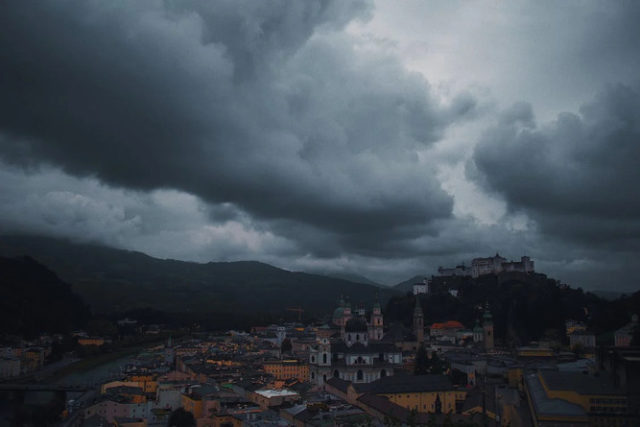While monsoons provide a much-needed reprieve from the oppressive heat, they also put homes and other buildings in danger. Significant water damage can be caused by heavy rain, flash floods, and strong winds, which can result in expensive repairs and discomfort. However, you may reduce the hazards and save your property by being proactive and preparing your home for the rainy season. In this essay, we’ll go over crucial measures you may take to protect your house from monsoon water damage.
- Clean and maintain gutters and downspouts: Gutters and downspouts are essential for directing water away from your property and must be kept clean and in good working order. Examine and clear them of trash, leaves, and twigs before the monsoon season. Make sure downspouts are placed so that water is discharged at least five feet from your foundation. To avoid clogs and improve water flow, think about adding gutter guards.
- Assess the Drainage System: Examine the drainage system of your home, paying particular attention to sump pumps, French drains, and yard drains. Make that they are functioning correctly and are free of debris. Consult a specialist to inspect your drainage system and resolve any potential problems, if necessary. Water accumulation around your property can be avoided with proper drainage, which lowers the possibility of foundation damage and basement flooding.
- Seal Windows and Doors: Rainwater leaks via cracked windows and doors can cause interior damage and mould growth in your home. Examine the caulking and weatherstripping around windows and doors, replacing any worn-out or damaged seals. To add another defence against water intrusion, think about sealing windows and doors with a waterproof sealant.
- Inspect the Roof: A strong, well-maintained roof is necessary to keep your home dry during prolonged downpours. Check your roof for fractures or gaps, as well as missing or damaged shingles. Replace any damaged components and check the security of flashings around skylights, vents and chimneys. If a complete inspection is required, take into account employing a professional roofer.
- Install Flood Barriers and Sandbags: If flooding is a problem in your neighbourhood, you might want to buy some flood barriers or sandbags. These short-term solutions can assist in rerouting water away from exposed places like entrances and low-lying windows. For the correct positioning and use of flood barriers, abide by local regulations and recommendations.
- Elevate Electrical Devices and Systems: Elevate electrical panels, switches, and wiring above the projected flood level to reduce the danger of electrical damage and related risks. Place equipment like water heaters, washers, and dryers on stands or platforms. For correct installation and elevation guidelines, make sure to get the advice of a licenced electrician.
- Examine Insurance Coverage: Before monsoon season, check your homeowner’s insurance policy to make sure water damage is adequately covered. Learn about the deductibles, exclusions, and restrictions that apply to flood and water damage. If you reside in a high-risk flood zone, think about getting supplemental flood insurance.
Conclusion
To protect your home and lower the likelihood of expensive repairs, monsoon water damage preparation is essential. You can better defend your home against monsoon-related water damage by taking the following crucial actions: maintaining gutters, assessing drainage systems, inspecting the roof, installing flood barriers, sealing windows and doors, elevating electrical systems and appliances, securing outdoor items, reviewing insurance coverage. Be prepared, be careful, and make use of the monsoons without worrying about possible water damage.













































